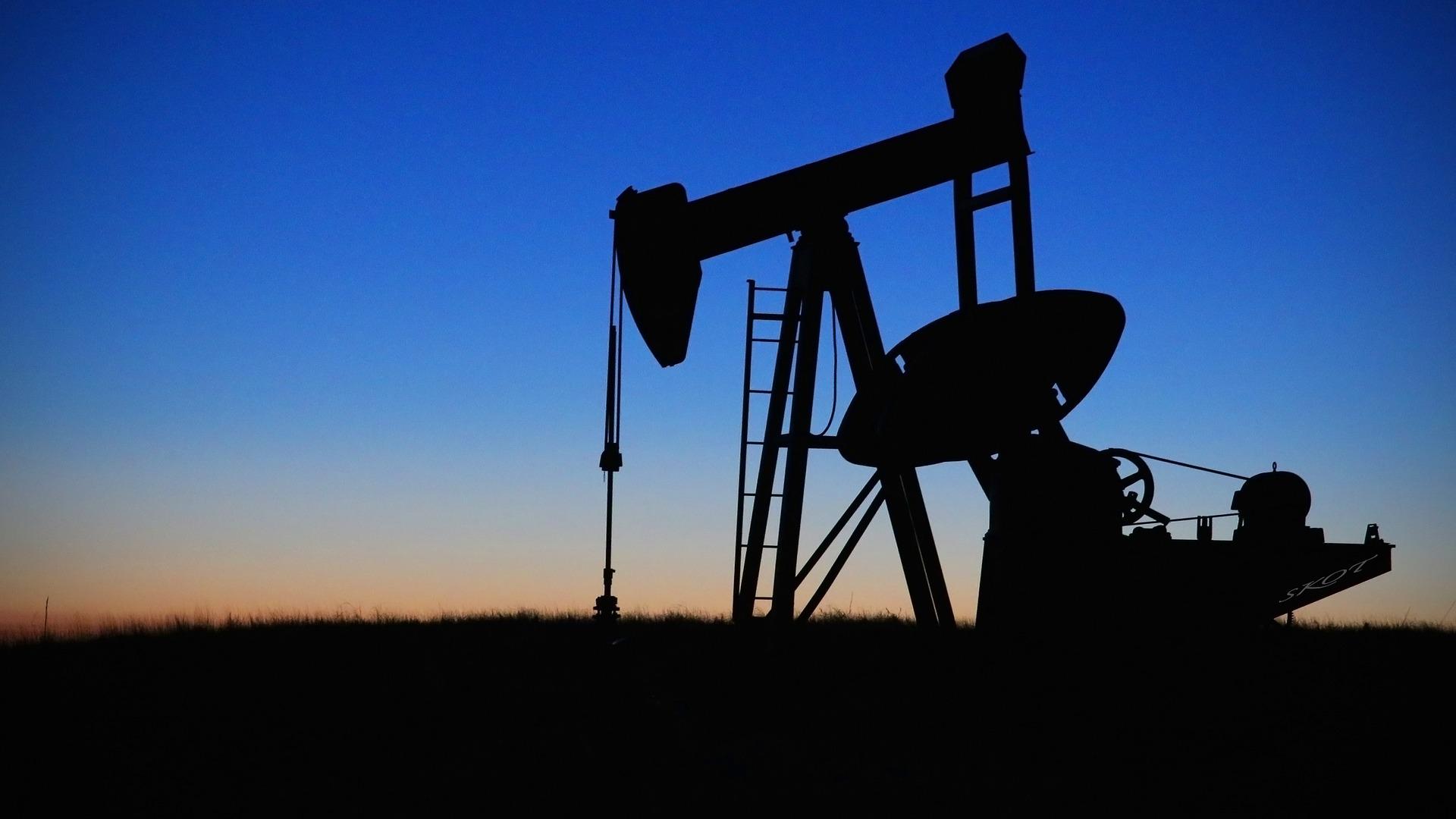
The European Union has reached a consensus on the price at which to cap Russian oil just days before its ban on most imports comes into force.
News of the deal, which had needed approval from holdout Poland, was confirmed on Twitter by the president of the European Commission, Ursula von der Leyen, marking a key milestone in the West’s efforts to punish President Vladimir Putin without adding to stress on the global economy.
“Today, the European Union, the G7 and other global partners have agreed to introduce a global price cap on seaborne oil from Russia,” von der Leyen said, adding that it would strengthen sanctions on Russia, diminish Moscow’s revenues and stabilize energy markets by allowing EU-based operators to ship the oil to third-party countries provided it is priced below the cap.
The bloc’s 27 member states agreed Friday to set the cap at $60 a barrel, an EU official with knowledge of the situation told CNN on Friday.
The West’s biggest economies agreed earlier this year to establish a price cap after lobbying by the United States, and vowed to hash out the details by early December. But setting a number had proved difficult.
Capping the price of Russian oil between $65 and $70 a barrel, a range previously under discussion, wouldn’t have caused much pain for the Kremlin. Urals crude, Russia’s benchmark, has already been trading within or close to that range. EU countries such as Poland and Estonia had pushed for the cap to be lower.
“Today’s oil price cap agreement is a step in right direction, but this is not enough,” Estonian foreign minister Urmas Reinsalu tweeted Friday. “Intent is right, delivery is weak.”
A price of $60 represents a discount of almost $27 to Brent crude, the global benchmark. Urals has been trading at discounts of around $23 in recent days. Reuters reported that the EU agreement included a mechanism to adjust the level of the cap to ensure it was always 5% below the market rate.
The risk of settling on a lower price is that Russia could retaliate by slashing its output, which would roil markets. Russia previously warned that it will stop supplying countries that adhere to the cap.
With EU countries in alignment, the last remaining obstacle to a wider G7 agreement was lifted. A top US Treasury department official said Thursday that $60 would be acceptable.
“We still believe that the price cap will help limit Mr. Putin’s ability to profiteer off the oil market so that he can continue to fund a war machine that continues to kill innocent Ukrainians,” National Security Council coordinator for strategic communications John Kirby told reporters.
“We think that the $60 per barrel is appropriate and we think it will have that effect,” Kirby added.
The price cap is designed to be enforced by companies that provide shipping, insurance and other services for Russian oil. If a buyer has agreed to pay more than the cap, they would withhold those services. Most of these firms are based in Europe or the United Kingdom.
Investors are already on edge, with the European Union’s embargo on Russian oil traveling by sea set to take effect on Monday. Confusion about the impact of that measure, along with lingering questions about the price cap, have unsettled traders.
“There’s so much uncertainty and doubt and lack of clarity about the policy that no one’s really confident about how to act,” said Richard Bronze, head of geopolitics at the research firm Energy Aspects.
Oil prices have dropped sharply since the summer, as China’s coronavirus lockdowns and global recession fears have dented demand. OPEC and Russia announced a big production cut in October, but that had little sustained impact on prices. The EU embargo and efforts to set a price cap could begin to push them higher again.
Kakvo je tvoje mišljenje o ovome?
Pridruži se raspravi ili pročitaj komentare



 Srbija
Srbija
 Bosna i Hercegovina
Bosna i Hercegovina
 Slovenija
Slovenija







